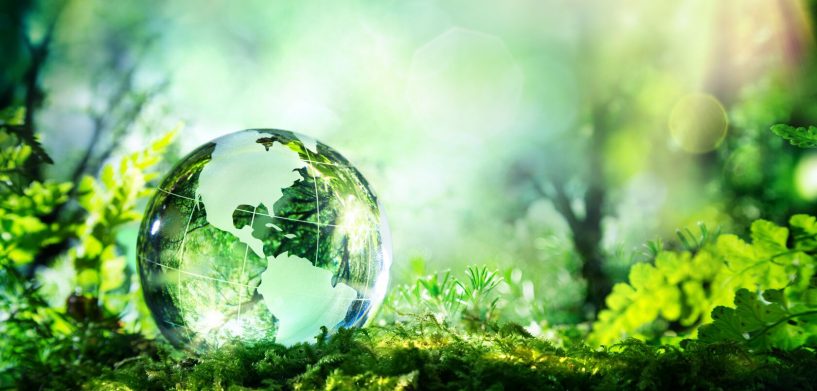Like the sides of a hexagon, our team is innovating in multiple ecosystems to empower customers across more than 27 industries to have the freedom to deliver a sustainable, autonomous future.
At the core of Hexagon is a passion for sustainability. We firmly believe that business, the planet and humanity can thrive through technology innovation. It’s why we’ve woven sustainability into our vision as a company.
In celebration of Earth Week, we’ve compiled six stories about sustainability and conservation happening across Hexagon. Our goal is to promote accountable business practices for ourselves and every other business so we can do well by doing good for our planet.
The Ashaninka indigenous community in central Peru is particularly adept at conserving and protecting the environment around them, according to research. Hexagon is partnering with Cool Earth to pioneer a strategy that empowers indigenous communities with needed resources to save their homes. Cool Earth founder Matthew Owen said, “Community-led initiatives get to the root of the problem rather than providing a temporary sticking plaster. Evidence is amassing to prove that the people living in the rainforest are the very best at protecting it.” Read the full story here.
R-evolution, Hexagon’s sustainable innovation and green-tech investment subsidiary, continues investing in our planet to demonstrate the impact of technology innovation. R-evolution delivers actionable insights through global initiatives, including digitalising solar energy production in Spain, creating green hydrogen blueprints in Australia, boosting wind energy efficiency in Sweden and mapping and conserving blue carbon ecosystems in The Bahamas. Travel around the globe with R-evolution’s CEO Erik Josefsson here.
Since the 19th century, Switzerland’s Gorner Glacier has been retreating significantly, a major indicator in climate change. The La Venta Esplorazioni Geografiche association and the 3D laser scanning and virtual reality company Vigea used the Leica BLK2GO and BLK360 to scan inside the glacier and Cyclone REGISTER to process the scan data for vital comparisons. The scan data will help show the glacier’s evolution and further monitor climate change.
Vigea’s co-founder Tommaso Santagata said, “By carrying out several surveys of the same caves at different times over the last two years, this has made it possible to carry out scientific comparisons, which gave the researchers involved the opportunity to study the evolution of the glacier.” Check out the case study from Leica Geosystems.
EcoVadis awarded Hexagon’s Mining division a Gold Sustainability Rating in the “manufacturers of computers and peripheral equipment” category. The Sustainability Scorecard used by EcoVadis assessed performance in 21 indicators across four themes: sustainable procurement, labour and human rights, ethics and environment. Louise Daw, Senior Director of ESG for Hexagon’s Mining division, said, “We are thrilled to have our efforts acknowledged and will continue to move initiatives forward for our business, the industry and the planet.” See more about the award here.
Hexagon’s Agriculture division shared a story from Greenbiz this week that highlights three differences and three similarities in sustainable food pushes between Europe and the United States. One of the most significant differences is that food culture in Europe places more value on sustainability than is true in the U.S. However, farmers in both countries face challenges in transitioning to regenerative agriculture. Learn about the role of innovative technology in this fascinating article.
The Norwegian Institute for Water Research, or NIVA, has embarked on multi-year research project SeaBee to better understand and protect Norway’s environment. NIVA will rely on GNSS technology, including the Leica GS18 T GNS RTK Rover and the Leica Zeno Mobile, to map the seagrass habitats around the Norwegian coast, which function as carbon sinks. The team hopes to gather enough data so they can pinpoint seabed and underwater vegetation quickly to further sustainability research goals. See the full story here.
Looking for more sustainability news from Hexagon? Download the Hexagon Sustainability Report 2022 and explore the sustainability section of our website. You can also follow our social channels for regular updates about sustainability:

















